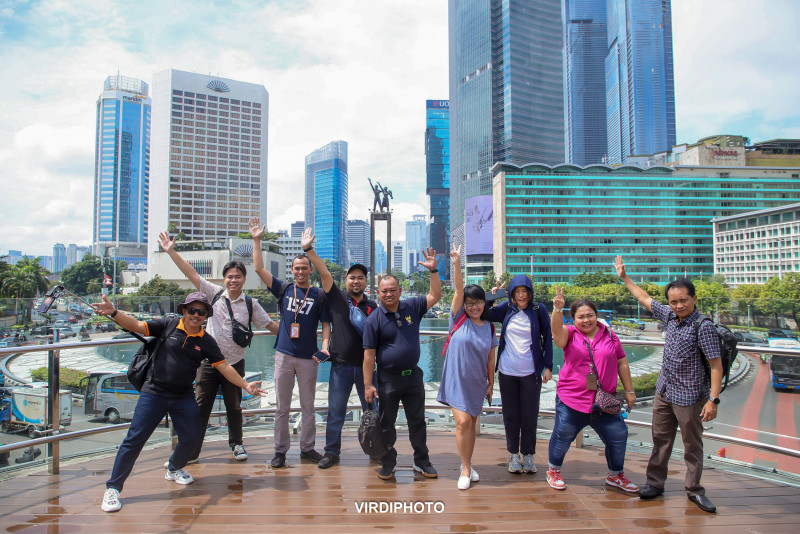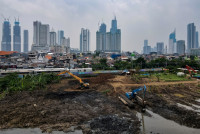JAKARTA – A brief two-hour flight away from Kuala Lumpur, the capital city of Indonesia with its tropical climate, soaring skyscrapers, and bustling traffic may not seem too different from our Malaysian metropolis.
However, with over 10 million inhabitants, Jakarta stands out from most Southeast Asian cities with its sprawling size, diverse population, and variety of attractions.
The Vibes was recently given the opportunity to visit Jakarta under the auspices of the city’s Office of Tourism and Creative Economy.
The ‘Familiarisation Trip’ saw media members from across Malaysia spend four days and three nights in the capital, gaining a glimpse into the wide array of cultural experiences that the megacity has to offer.
Whether you’re a foodie with a penchant for local delicacies, a history buff looking to travel back in time, or someone that’s just mad about traditional batik fabrics, we’ve compiled a list of the top three things you can do in Jakarta!
Cook like a local
Nestled in a cosy suburb of South Jakarta lies the famed Ramu Rasa Cooking Studio, run by chef and traditional food aficionado Santhi Serad. Armed with a Master’s Degree in food science, Santhi’s philosophy places an emphasis on understanding the origins of ingredients.
As she welcomed us into her kitchen – purpose-built for eager foodies looking to try their hand at cooking local dishes – Santhi tells us that we will be making two uniquely Jakartan delicacies: Soto Betawi and Bir Pletok.
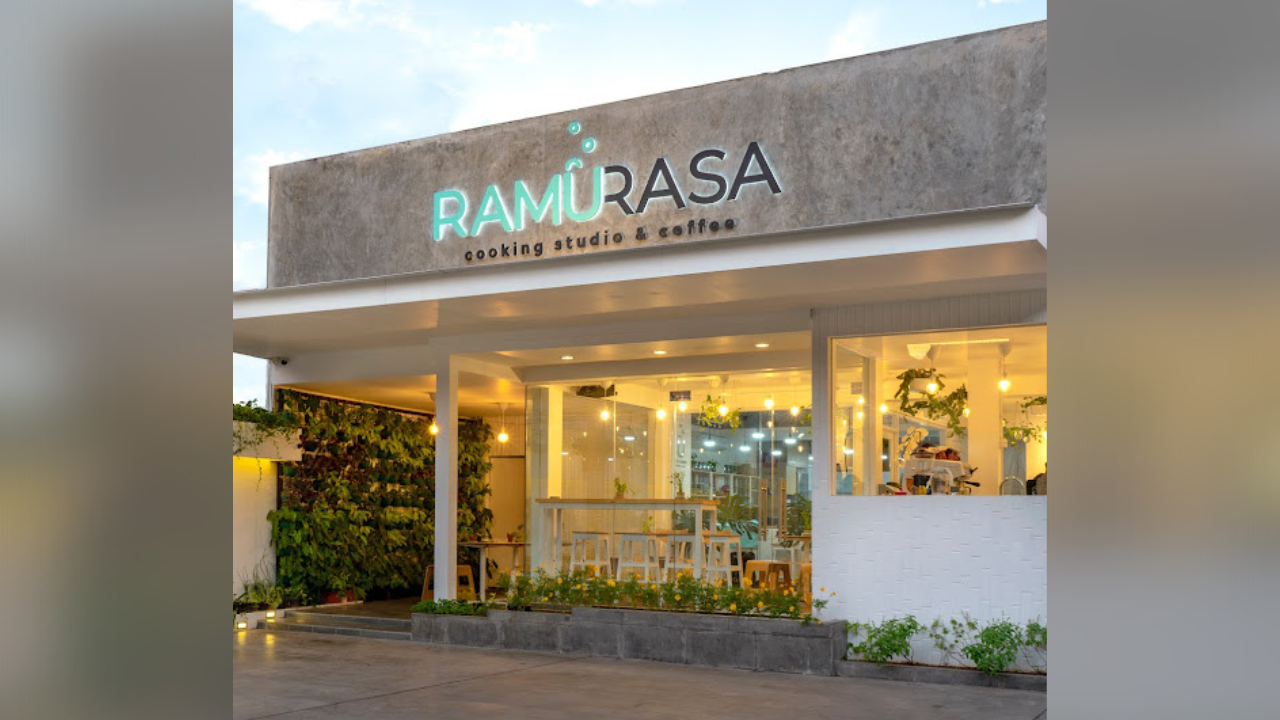
Both dishes are part of the cuisine of the Betawi, referring to an ethnic group said to be the native inhabitants of Jakarta and its surrounding areas. In fact, the colonial name of Jakarta was Batavia, and it was derived from the word “Betawi”.
The first step in preparing Soto Betawi, a hearty beef stew simmered in coconut milk, involves pounding together dozens of herbs and spices – including lemongrass, bay leaves, galangal, cardamom, star anise, and cinnamon to form a thick paste that is then used as the base of the stew.
While the thought of cleaning, cutting, blending, and pounding all those ingredients would intimidate any amateur cook, we were relieved to discover that Santhi’s team had already done the work beforehand, leaving us the simple task of putting it to the fire.
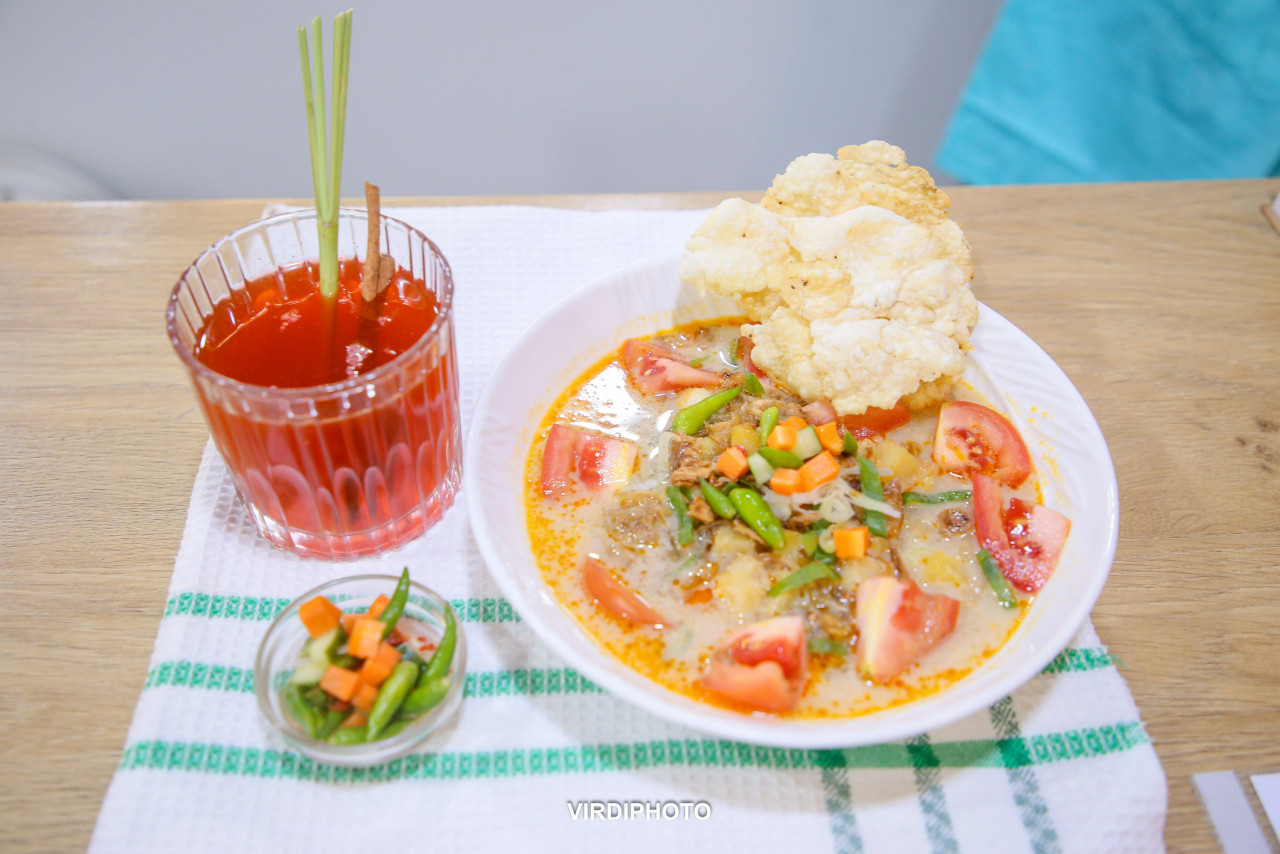
The next item on the menu was Bir Pletok, a refreshing beverage made from ginger, pandan leaves, and lemongrass.
Despite the name, Bir Pletok is in fact non-alcoholic, something that Santhi says often confuses Western tourists when they order it at eateries, much to the amusement of locals.
She goes on to explain that the drink was inspired by Dutch colonists but altered to suit the religious sensitivities of the natives.
We were also told that all the herbs and spices used are locally sourced, with many of them coming from the Bumi Herbal Farm in Bandung, founded by Santhi.
Despite facing the daunting task of cooking an unfamiliar dish, the staff of Ramu Rasa tending to our every need along with Santhi’s warmth and friendliness set us at ease, making the experience both enjoyable and educational.

If you’re a foodie who seeks a deeper understanding of the people, processes, and inspirations that go into making delicious food, Ramu Rasa is definitely one for the books.
Besides cooking classes, the venue can also be hired for private events and video/photo shoots.
Ramu Rasa Cooking Studio and Coffee,
Jl. Kemang Timur 48-A, RT.9/RW.3,
Bangka, Kec. Mampang Prpt.,
Kota Jakarta Selatan, 12730, Indonesia
Contact: 0811 168 7172 or 021 718 7272
Soak in the historical sights
The city of Jakarta was not always known by its current name, having gone through multiple changes over the past two millennia. In fact, it was only in 1942 that the city was called Djakarta, with the present spelling (Jakarta) coming into effect in 1972.
Before that, during Dutch colonial rule, the city was called Batavia in reference to its inhabitants, the Betawi people. Before the arrival of Western colonists, the city was referred to as Jayakarta, Sanskrit for ‘victorious deed’. Even further back, from approximately 397 CE, the settlement was known as Sunda Kelapa.
These were facts revealed to us by our tour guide Risa Nainggolan when we visited Kota Tua, the centre of the colonial administration in what was then known as the Dutch East Indies.
Approximately 1.3 sq km in size, Kota Tua is a part of Old Batavia, the first Dutch walled settlement in the area. The area was chosen as the headquarters of the Dutch East India Company due to its port, as Batavia was then a crucial hub for the spice trade in the region.
Fatahillah Square lies in the centre of Kota Tua and is lined with numerous historical buildings including the Old City Hall, the Kota Post Office, and the Cafe Batavia.
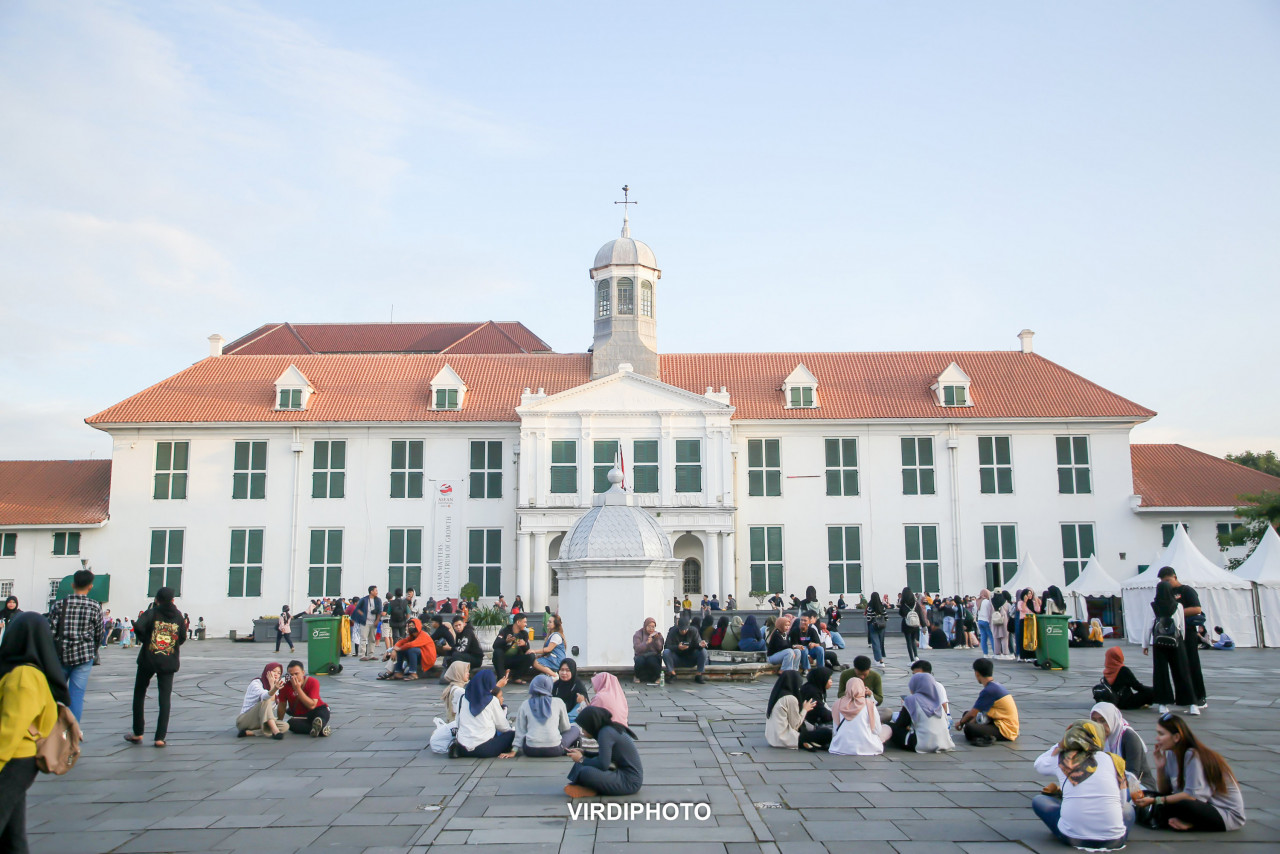
Built in 1710, this building was the Stadhuis or City Hall of Batavia. After Indonesia declared its independence in 1945, the building was used as the West Java governor’s office until 1961. In 1974, the building was commissioned as the Jakarta History Museum and remains in use for this purpose to this day.
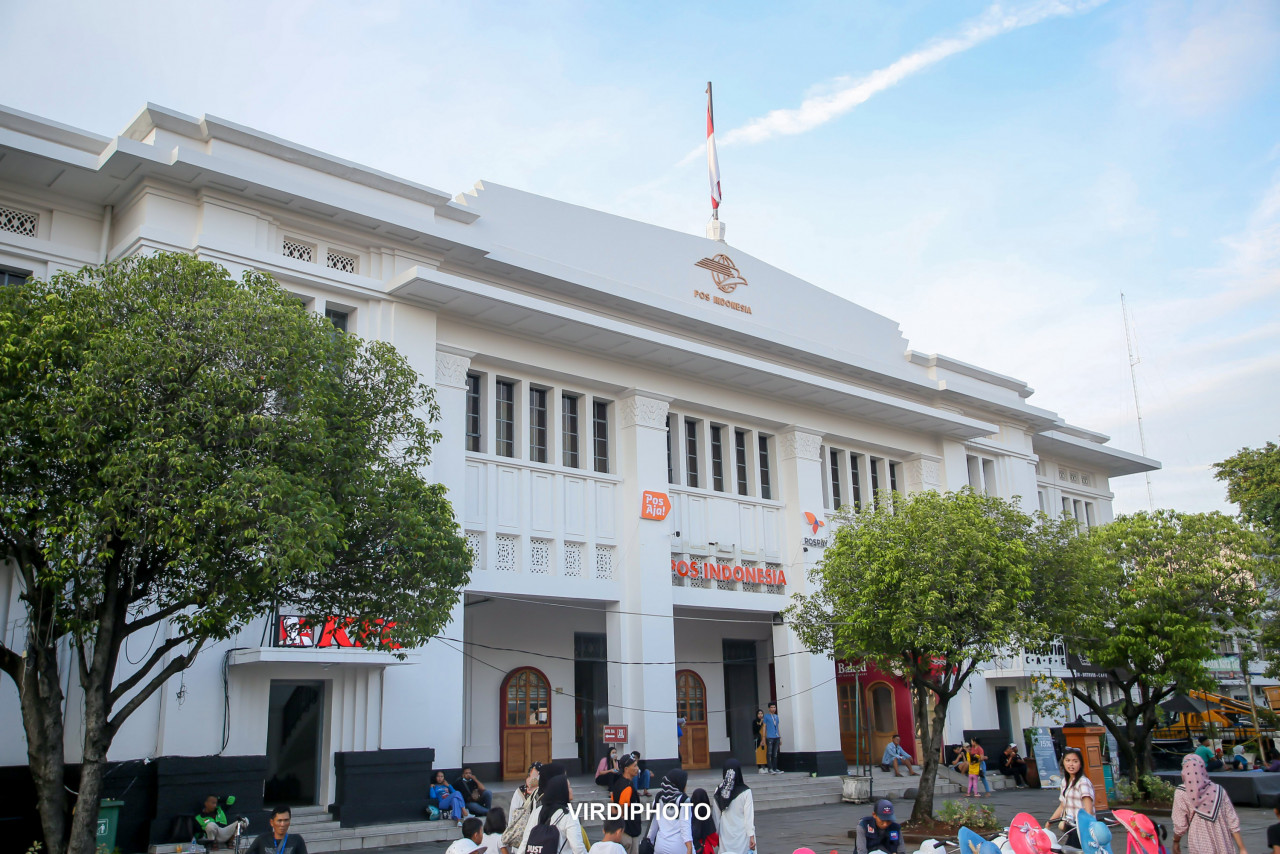
The Kota Post Office was built in 1929 and is currently operating as a contemporary art gallery. It was designed in the New Pragmatist style, a popular style of architecture in the Netherlands in the 1920s.

An interesting sight in Fatahillah Square is a decommissioned cannon of Portuguese origin, called Si Jagur. Made in Macau in the early 17th century, Si Jagur was originally used in Melaka but was later transferred to Batavia when the Dutch captured the city in 1641. It weighs 3.5 tonnes and is approximately 3.8m long.
Besides Kota Tua, another historic site in Jakarta is the National Monument. Located in the heart of Central Jakarta, Monas – abbreviated from ‘Monumen Nasional’ – was built in 1961 to commemorate the fight for the nation’s independence.
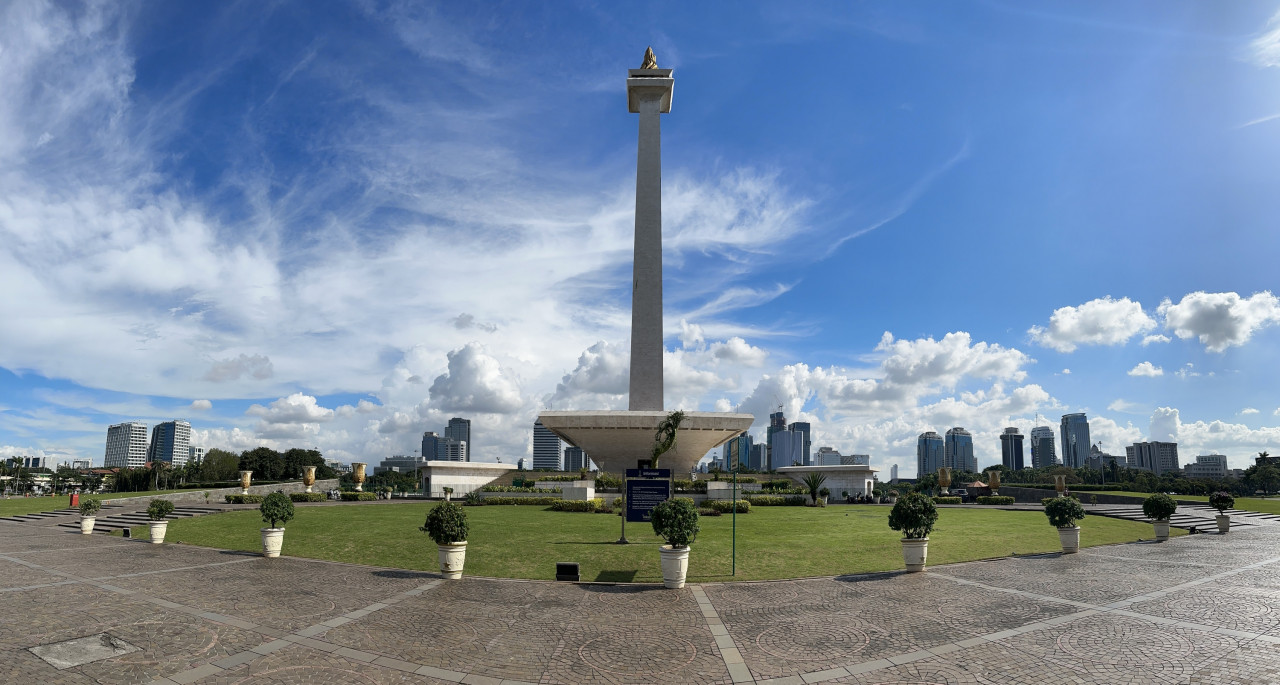
Surrounded by the beautifully manicured lawns of Merdeka Square, the monument consists of a giant, gold-plated flame that rests atop a 117m tall obelisk which itself sits on a ‘goblet’. In total, Monas soars to an awe-inspiring 132m. Below the flame, in the ‘bowl’ of the torch, is a viewing deck with a breathtaking 360º view of Jakarta.

After taking in the stunning views at the top of Monas, visitors can descend to the base of the structure, or the ‘goblet’, to find the Hall of Independence. Decked out in fine Italian marble, the walls of the Hall of Independence bear beautifully preserved symbols of Indonesian nationhood.

On the south-facing wall is a giant coat of arms with Indonesia’s iconic Garuda displayed in all its glory. While on the north-facing wall, there is a bronze map of the entire Indonesian archipelago, from Sumatra in the west to Papua in the east.
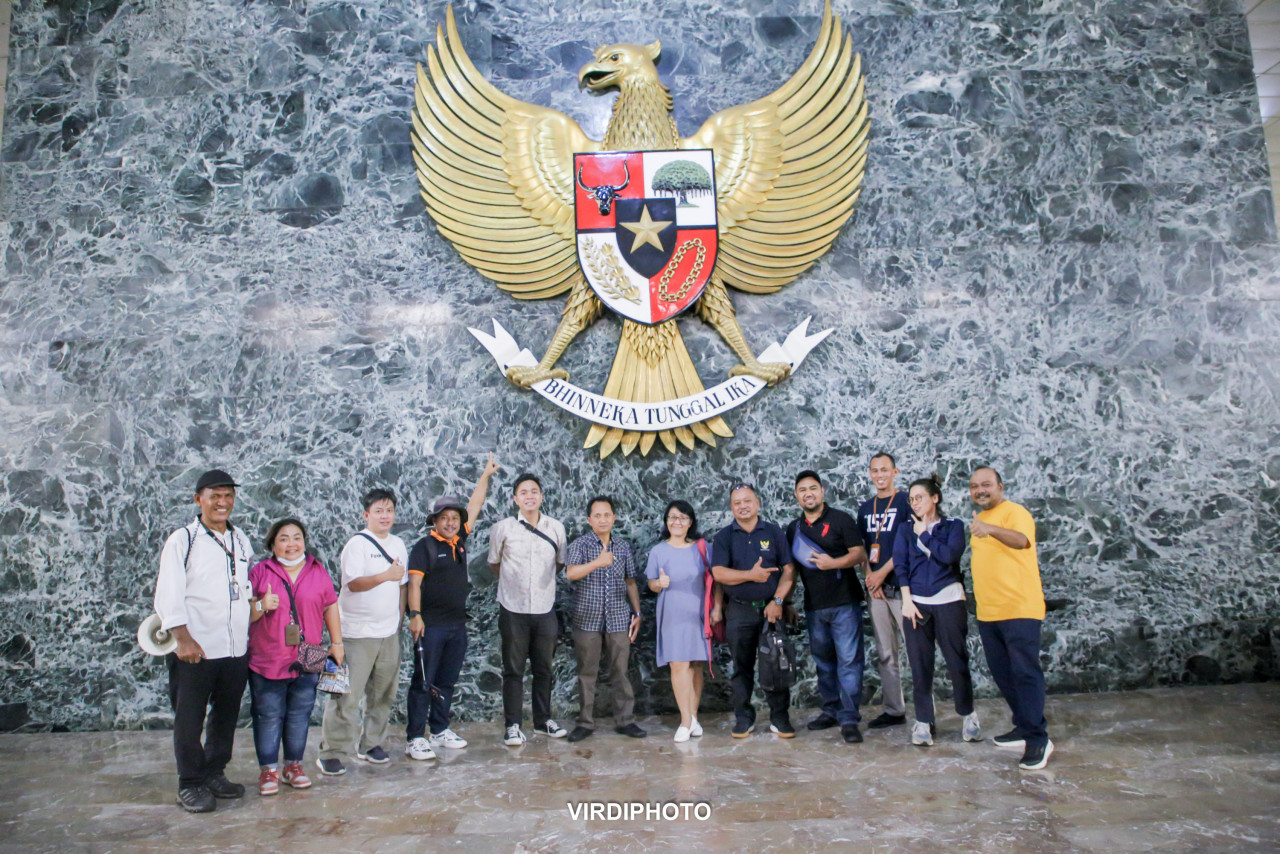
Notably, on the west-facing wall is a set of doors called the Gate of Independence adorned with the intricate carvings of a Wijaya Kusuma flower. At set times each day the doors will part while the patriotic song Padamu Negeri plays in the background.
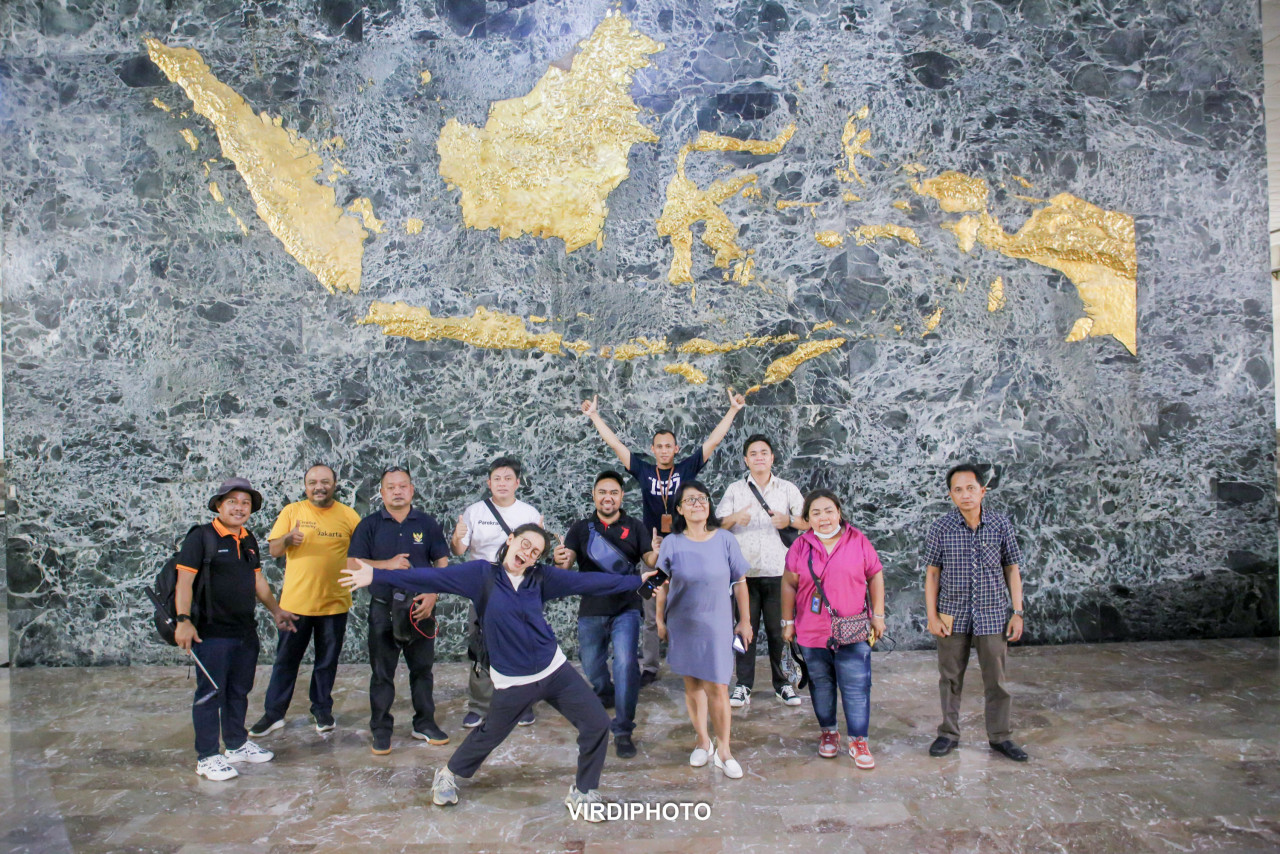
As the song reaches its crescendo, the doors make way to reveal the original copy of the Proclamation of Independence stored in a glass case. The speakers then play a recording of Indonesia’s first president Sukarno reading the document.

Monumen Nasional
Jl. Pelataran Merdeka, RT.5/RW.2, Gambir,
Central Jakarta City, 10110, Indonesia
Operating hours:
Weekdays: 8am-4pm; 7pm-10pm;
Weekends: 8am-4pm; 7pm-midnight
Closed on Monday
Entrance fee to the viewing deck:
Adults - Rp 15,000
Students, Children - Rp 8,000
Of course, batik
A trip to Indonesia would not be complete without batik. An ancient art form synonymous with the country, batik refers to a technique of dyeing fabric where wax is used to draw intricate patterns, often manifesting in the form of floral motifs. In 2009, Indonesian batik was added to Unesco’s Intangible Cultural Heritage list.
To teach us about this iconic art form, we visited legendary batik maker Ethys Mayoshi, founder of Batik Gobang Jakarta. With batik quite literally running through her veins, Ethys has spent the past 15 years mastering the craft, with techniques inherited from her grandmother.

Drawing inspiration from flora and fauna unique to Jakarta, Ethys’ batik has also received worldwide acclaim, with frequent orders coming in from as far as Europe and the United States.
While Ethys acknowledges the importance of preserving batik as a piece of cultural heritage, she also believes it can play a significant role in empowering the youth and other marginalised communities. As such, Ethys runs the Gobang Peduli programme that holds batik-making lessons for the disabled, something which she says allows them a degree of self-determination.
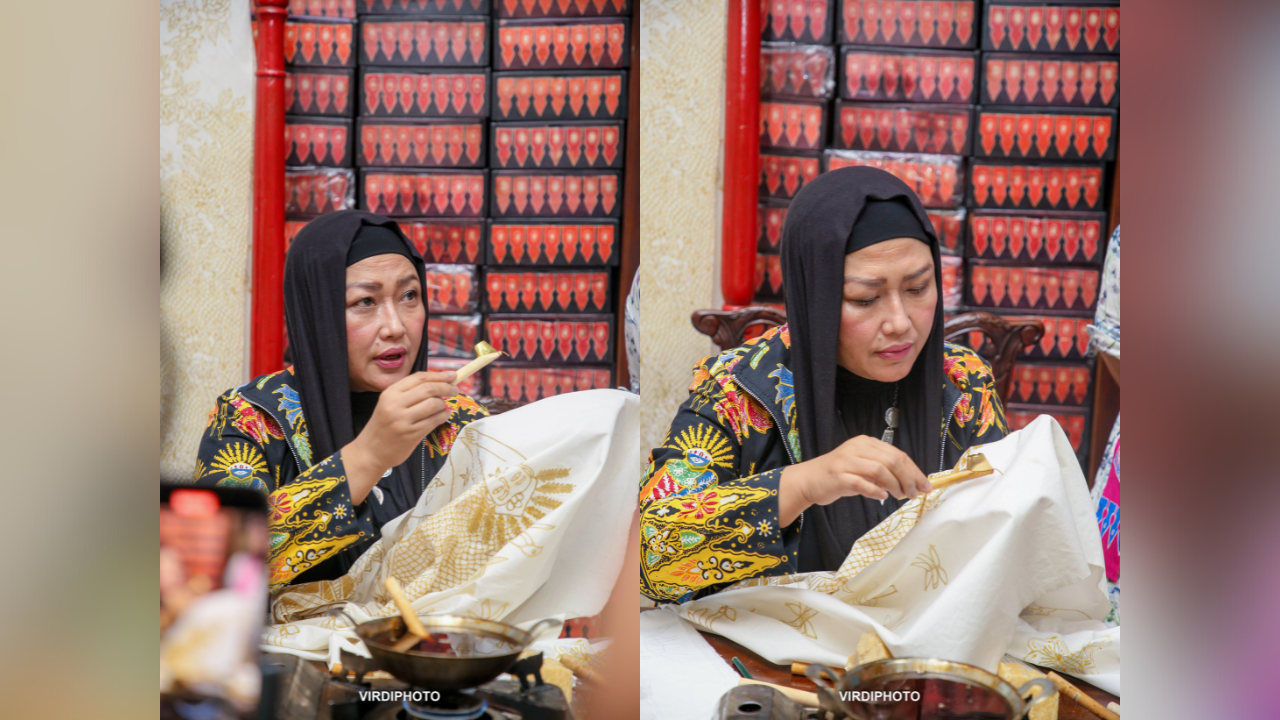
As for the youth, Ethys’ classes place an emphasis on business as she believes that knowing how to sell batik is as important as knowing how to make it. Equipping the youth with these skills, Ethys says, will encourage entrepreneurship while also fortifying cultural identity.
Rumah Batik Gobang Jakarta,
Contact: +62 82 111 829 274
Address: Perumahan Intercon, Jl. Taman Bibit Jeruk
Blok Q8 No. 17, Srengseng Kembangan,
Jakarta Barat. – The Vibes, April 9, 2023



